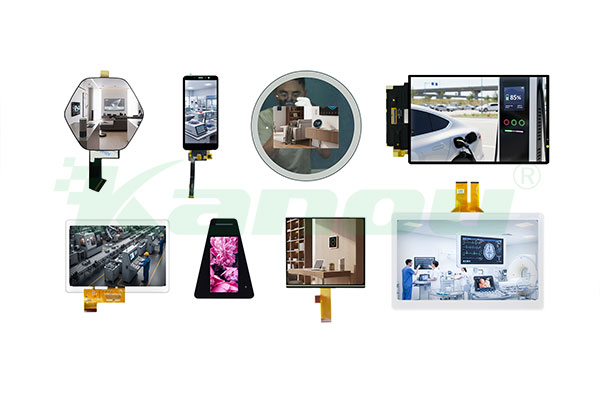
 Global Hotline
Global Hotline
As more and more devices adopt LCD displays, touch screens, and touch modules, the overall user experience has not improved at the same pace. In practice, many products still suffer from poor touch display performance—difficult to read under strong light, slow touch response, or glass surfaces that scratch easily. The real issue isn’t whether a device has a screen, but whether the touch screen module is professional, stable, and durable enough. This is where high-quality display modules show their true value.
A reliable touch display module must meet several essential criteria: a clear LCD display; sensitive and stable touch response; AG anti-glare, AR anti-reflection, and AF anti-fingerprint surface treatments; full lamination between the cover glass and LCM; and comprehensive reliability testing, including wide-temperature, UV resistance, vibration, and drop tests. These factors determine whether a touch module can operate consistently in diverse environments over the long term.

In contrast, low-quality displays or touch modules exhibit obvious weaknesses: severe outdoor reflections, bubble-prone air-bonding structures, inaccurate touch response, unstable multi-touch recognition, and yellowing or edge-lifting over time. These issues not only degrade the user experience but also lead to higher maintenance and after-sales costs.
So, does your device really need a high-quality touch screen module? You can evaluate it with seven simple questions:
1.Is the device used outdoors or under strong lighting?
2.Is it a high-frequency touch application?
3.Does it need long-term stable operation?
4.Does it require a premium appearance and strong brand impression?
5.Does it need an irregular-shaped display?
6.Do you want to reduce fingerprints, smudges, and surface 7.contamination?
8.Do you want to lower long-term repair and maintenance rates?
If three or more apply, your product should be using a higher-quality touch display module.

Industries that benefit the most include industrial control displays, medical touch devices, new-energy terminals (such as LCD screens on charging stations), smart home touch panels, automotive touch displays, and outdoor self-service kiosks. These applications demand better brightness, durability, touch performance, and display reliability.
Many people assume that high-quality display modules cost more, but in reality, they help reduce long-term expenses. Better surface treatments reduce reflections and improve clarity—allowing lower backlight power. Full lamination enhances durability and significantly reduces repair rates. Higher reliability extends product lifespan and keeps total cost of ownership firmly under control.
Overall, a high-quality touch screen module does more than improve user experience—it strengthens your product’s competitiveness. For devices that prioritize stability, clarity, and durability, a well-built LCD touch module isn’t optional; it’s essential.
At KANOU, we don’t just manufacture touch screen modules—we work to advance the future of reliable, high-performance display technology. Our headquarters is located in Singapore, our products are manufactured in China, and our teams in Japan and Vietnam provide localized technical support to ensure fast and reliable service worldwide.